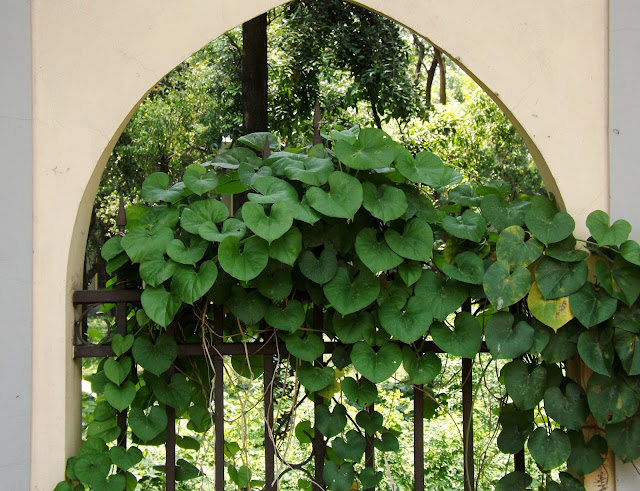Jilapi Babul, Blackbeed tree, Pithecellobium dulce
Jilapi Babul or Blackbeed tree (Pithecellobium
dulce, family: Leguminosae) is a medium-sized evergreen tree with pofused branches and spreading crown. The tree can reach a height of 10-15 m. Trunk is spiny. Bark is grey. The tree is native to Americas. It is
introduced to South and Southeast Asia.
Common names: Khoia babla, Jilapi babul, Jilapi, Dokkhini babul, Blackbeed tree, Manila tamarind.
The edible fruit is a pod, 10-15 cm long. When ripe (in summer) it turns tightly-coiled shape
and reddish-brown in color and this is the main characteristic of the tree. Fruit tastes sweet and sour. Seeds are shiny, black in color.
The
tree is drought resistant and can survive in dry lands. It is suitable for
cultivation as a street tree.






This comment has been removed by a blog administrator.
ReplyDeletehttp://passmypropfirms.xyz/
ReplyDeleteAmi jantam na eto shundor gaach amader deshe ache, good work!
ReplyDelete